Bill Atessis, Mascots, Retha Swindell, Rodney Page, Marlene Frazier
|
|||||||||||||||||||||||||||||||||||||||||||||||||||||||||||||||||||||||||||||||||||||||||||||||||||||||||
|
|||||||||||||||||||||||||||||||||||||||||||||||||||||||||||||||||||||||||||||||||||||||||||||||||||||||||
View in Browser Volume VII Newsletter #3 2/04/2022 Click on “View in Browser highlighted above in white lettering if the newsletter is not to scale or no images are present. Interview of football Center Turk McDonald- by Larry Carlson The University of Texas, in the three decades of Darrell Royal/Fred Akers football, cranked out the…
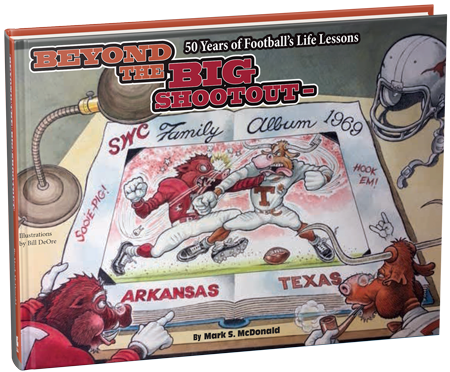
Welcome to the Texas Longhorn sports historical website. The site converts UT history, UT traditions, UT legacies, UT culture, individual records, photos, insightful comments, and personal commentary from former athletes, trainers, managers, coaches, and their families into a form that all Longhorns can celebrate. Top of the Que 04/25/2019 Volume IV Newsletter #10 xxxxxxxxxxxxxxxxxxxxxxxxxxxxxxxxxxxxxxxxxxxxxxxxxxxxxxxxxxxxxDelano Womack…
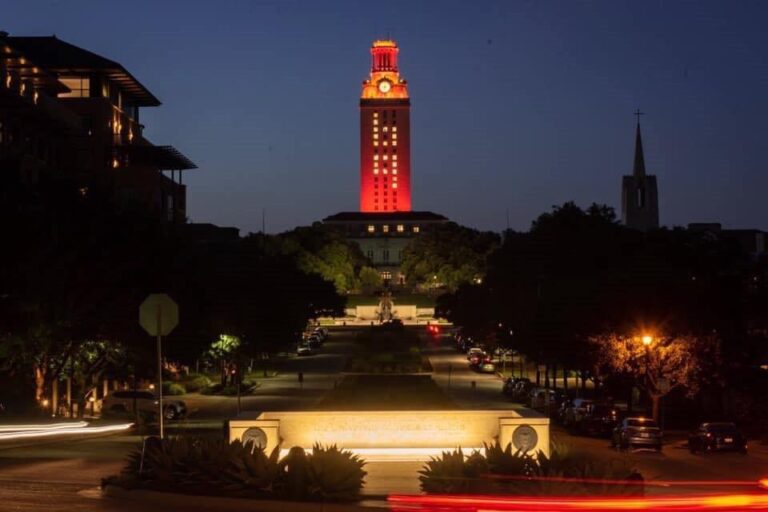
View in Browser 1969 National Championship Reunion Celebration – Save the Date Request Website https://texaslsn.org Many of the members of the 1969 National Championship team have emailed me recently stating they have not heard anything about the pending celebration . Yesterday I made contact with Ricky Brown about this subject and here is his response….
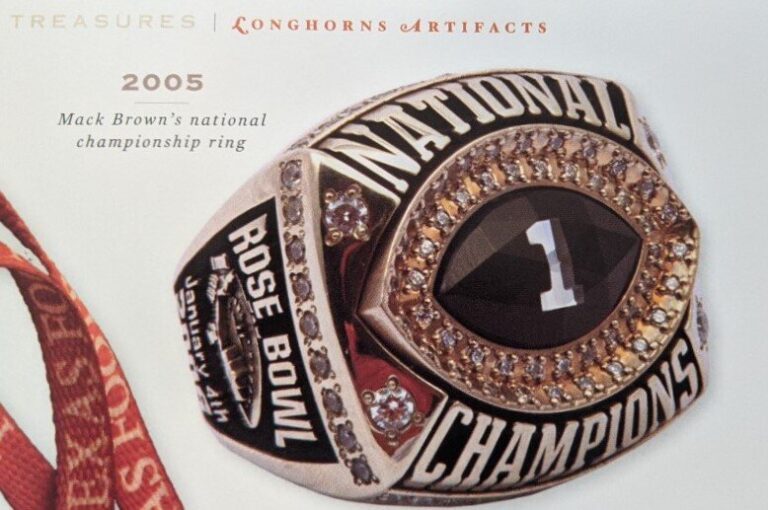
View in Browser Top of the Que- Volume VI Newsletter #19 -July 30, 2021 – Rings and Things Coming In August 2021 Podcast of Longhorn Brand builders Herkie Walls and Dana LeDuc, and an interview with Bill Bradley by Larry Carlson. All sponsored by the Austin-based law firm of Minton, Bassett, Flores, & Carsey. The…
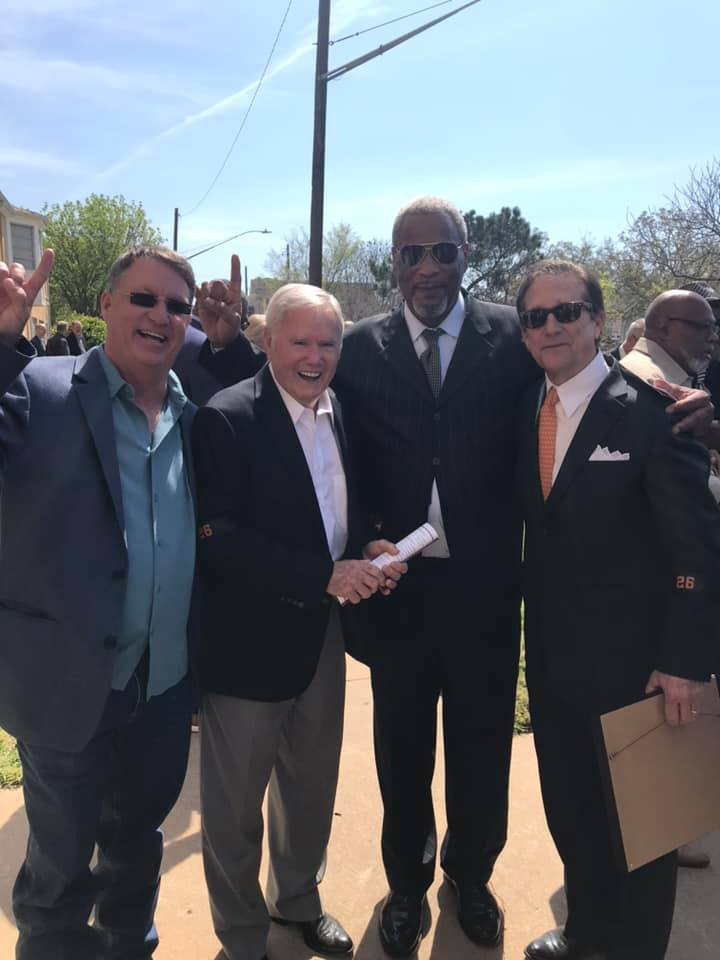
Randy McEachern’s dream in 1977 impacts the future of Longhorn football. Randy’s story is in the Que as well as John Scott’s 1967 walk-on story, and a historical salute to men’s Tennis and women’s rowing. Top of the Que 05/06/2019 Volume IV Newsletter #14 2019 David Bales, Fred Akers, Kenneth Sims, and Randy McEachern at…
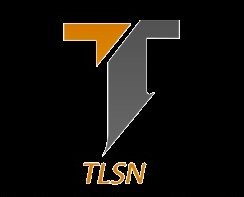
View in Browser Top of the Queue – Volume VIII Newsletter #3 -February 2, 2024 Click on the small white letters “VIEW IN BROWSER” at the top of the page to enlarge and enhance the photos and text on your cellphone. TEXAS LEGACY SUPPORT shares a panoramic view of Longhorn sports history as seen through…